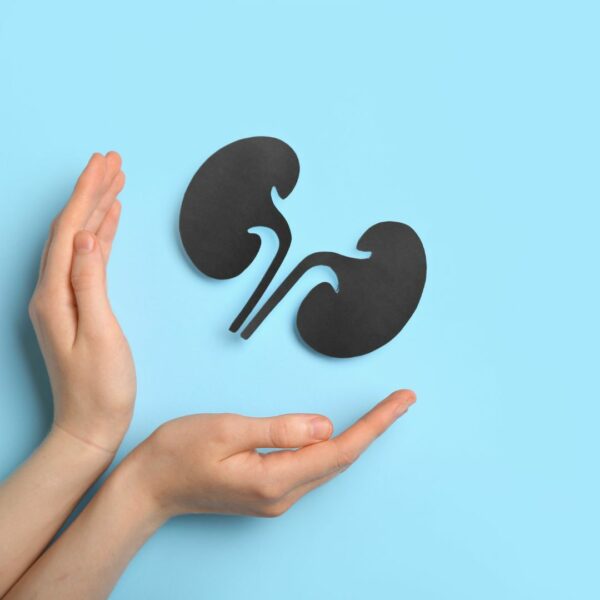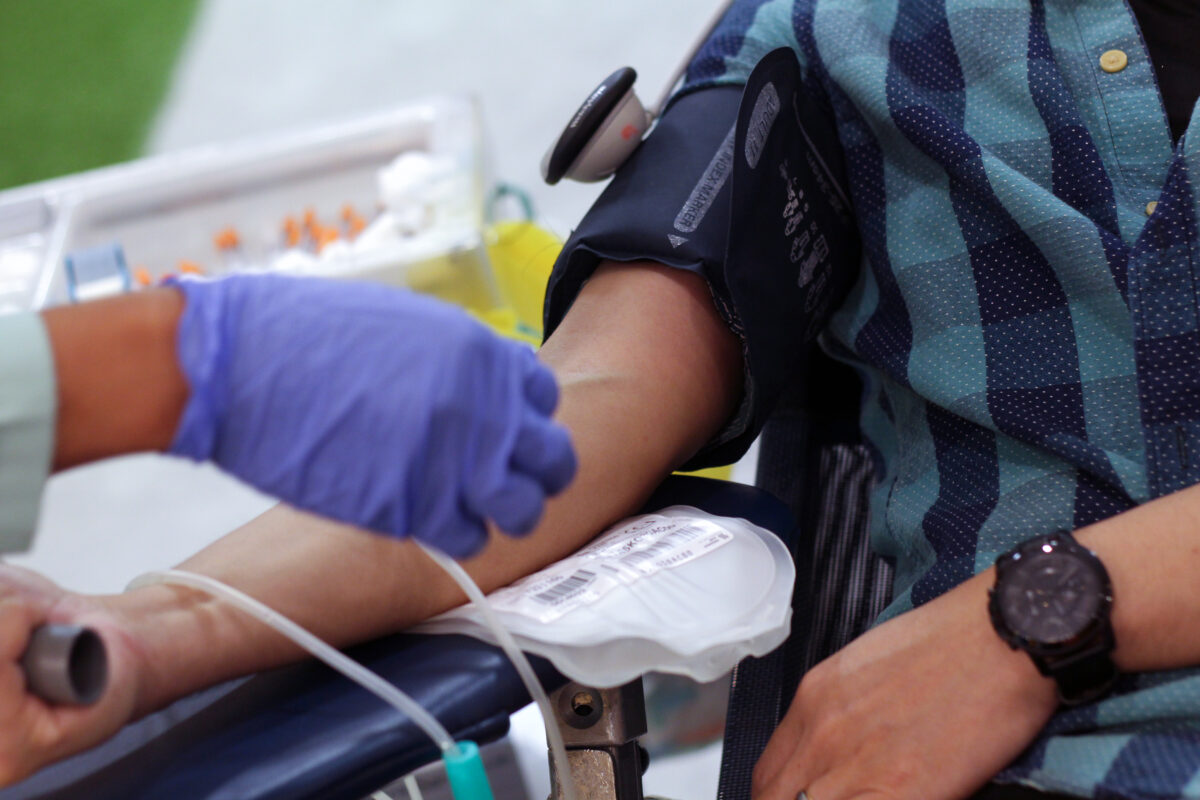What Does A Nephrologist Do?
Do you know what a Nephrologist does? A Nephrologist is a doctor who specializes in conditions that affect the kidney. Kidney disease can develop from other health issues like Diabetes, heart disease, obesity, and high blood pressure. Having Chronic Kidney disease can cause anemia, osteoporosis, an irregular heartbeat, or a weakened immune system. If you are suffering from kidney problems, a Nephrologist is a doctor for treatment. They can create a management plan to overcome low-functioning kidneys. If you are looking for a Nephrologist in Long Island, NY, contact PRINE Health today and schedule your appointment!
What is a Nephrologist?
Nephrology is sometimes referred to as renal medicine. Nephrologists diagnose, treat, and oversee acute and chronic kidney diseases. They are also qualified to treat high blood pressure, fluid retention, and electrolyte and mineral balances. Your kidneys work to filter your blood to remove toxins as they monitor the water, acid-base, and mineral ratios in your body. If your kidneys start not working correctly, they won’t do their job of keeping your blood clean. This could put you at risk of developing kidney disease or kidney failure at some point in time. Nephrologists are trained and educated in diagnosing and treating kidney conditions to keep you in good health. If you are searching for a Nephrologist in Long Island, NY, contact PRINE Health today!
Reasons to See a Nephrologist
At most times, an individual wouldn’t go to a Nephrologist unless told to by their doctor. A doctor would refer you to a Nephrologist if you had the following conditions:
●Chronic UTI- If you are someone who happens to get a lot of UTIs, you are at a greater risk of the infection traveling up to your kidneys.
●Recurring Kidney Stones- If you are getting a lot of kidney stones, then your kidney is not doing its job of filtering out waste and toxins and is letting deposits accumulate.
●Foamy Urine- If you notice foam in your urine, it means you have a high amount of protein. This could cause your kidneys to be damaged if it’s a more severe case.
●Itchy Skin And Bone Or Joint Pain- If you notice you’re experiencing joint and bone pain along with itchy skin, you may have a mineral and bone disorder known as renal bone disease. This condition happens when the kidneys cannot sustain the amount of calcium and phosphorus your body needs. This condition can cause weakened bones and heart and blood vessel problems if not treated quickly enough.
Treatment At Prine Health With Our Nephrologist on Long Island NY
At PRINE Health, our doctors specialize in Nephrology. We like to focus on kidney care because millions of people are suffering from a kidney condition right now, and we are aware it is one of the most expensive diseases to treat. We are supported by a physician-owned managerial service organization to provide all patients with the care and attention they need to be healthy and live their lives to the fullest! If you are looking for a Nephrologist in Long Island, NY, contact PRINE Health today and schedule your appointment!










